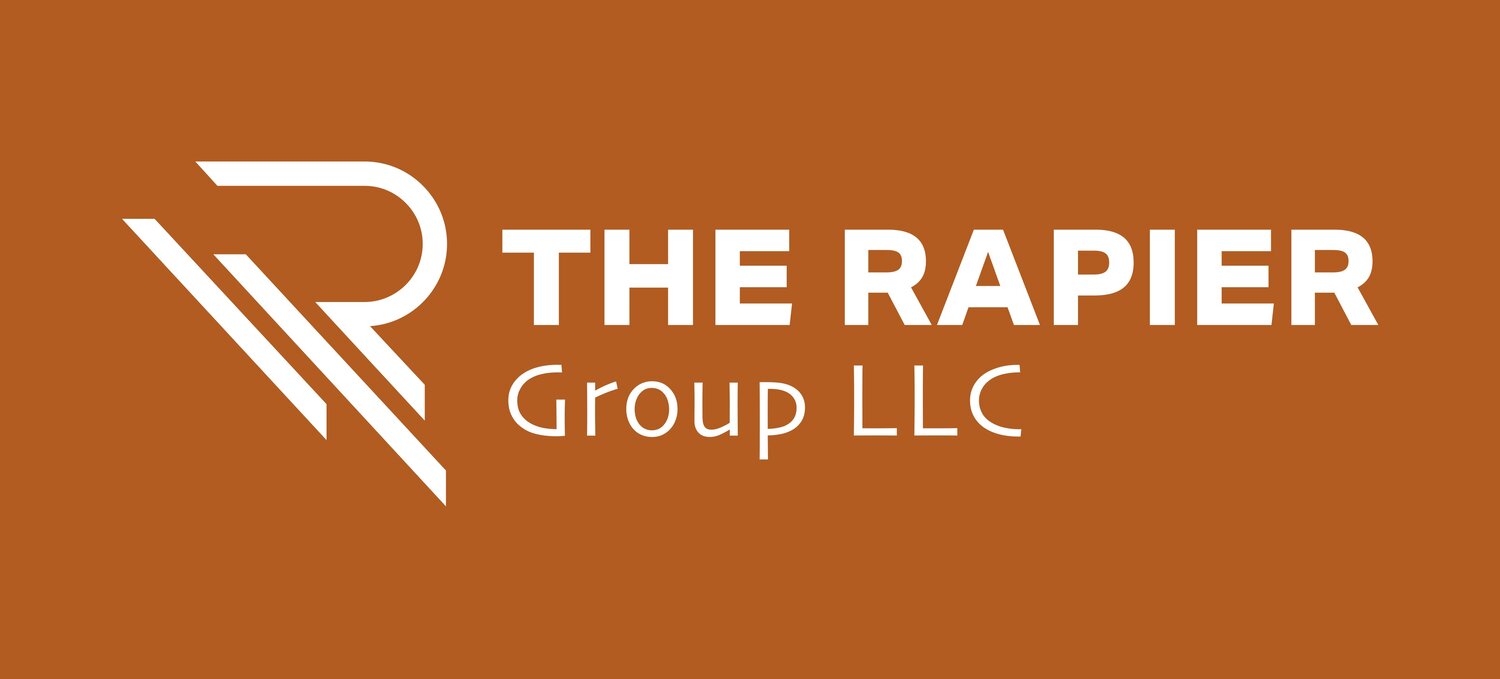Assembling Integration Teams in a Serial Acquisition Environment
Modern Times, 1936
When a central tenant of a company’s growth strategy is continuous acquisitions, there are additional challenges to face. It is essential to understand that your team will be concerned about their personal situation with any deal. When mergers and acquisitions are a core component of their overall growth strategy, the constant churn can leave people feeling unsettled. For serial acquirers, this feeling of uncertainty never completely goes away. With each acquisition, business processes change to align the operations of both firms. The organizational structures adapt to support the new business model. Teams merge, and staffing models align to the new company’s needs.
IT needs to move quickly to support business integration. Applications will be rationalized, vendors consolidated, and contract renegotiated. For larger deals, enterprise applications rationalization can take up to 18 to 24 months to complete. With each acquisition at a different stage of integration, balancing the efforts to meet overall outcomes is critical.
The challenge for serial acquisitions in IT is creating an environment where your people can focus on the integration work. With each acquisition, there is an influx of talent that will result in some people losing their jobs. Building an IT organization that reinforces the importance of M&A experience to each person and the personal value it creates. Building this environment requires the IT leadership to put several things in place.
Establish a Comprehensive Governance Model
In a M&A focused organization, there will always be multiple roadmaps in place to manage IT initiatives. Strategic roadmaps focus on mid to long-term initiatives that drive innovation and change. Each acquisition will have a roadmap in place to manage the integration enable the expected business outcomes. There are always a large number of more tactical projects and programs underway. A comprehensive governance model allows IT to adapt to change and resets each program’s expectations to ensure that overall corporate objectives are optimized.
Build Playbooks
Professional sports teams have playbooks with hundreds of plays with variations that are applied based on the situation. Before each game, specific plays are added to the game plan based on each team’s strengths and weaknesses. IT needs comprehensive playbooks. They have tools and templates for all aspects of IT. For each deal, the appropriate artifacts are assembled into a game plan for each integration.
Manage to Key Performance Indicators (KPI)
To drive consistency, common KPIs should be used for each integration. Individual deals will have unique attributes, but several core measures apply to each, including budget performance, time performance, and synergy. The metrics for each integration will be different based on the size and complexity of the acquired company.
Build a Standing M&A Core Team
Creating a core team to oversee all M&A integration programs will drive better outcomes. Separate teams are established for each deal. They will be responsible for the delivery of the projects related to the integration. The M&A team will work with them to use the playbooks effectively, apply and track the appropriate KPIs, provide oversight, and be the liaison between the integration team, IT leadership, and the Integration Management Office. The M&A team will quickly become an essential stop on the career progression path.
Communicate the Strategy
To keep your teams engaged and focused, the need to know the objectives. Share both the individual deal hypothesis and the vision for how all of the deals will transform the organization. Targets are acquired because they support overall corporate objectives such as expanding product and service offerings, growing market share, or moving into new geographies. In each integration plan, there are hundreds of small decisions the team will make. If they have the proper context, they can choose alternatives that meet tactical integration needs and better support the broader objectives.
Keep your team at the center of your thinking. If you don’t, your people may feel like they are caught in the machinery, feeling like they have no control over their situation. This leads your highest potential talent to look for alternatives. These recommendations will build an environment where each person can achieve and be recognized for success.
Here is a link to a short video on this topic.


